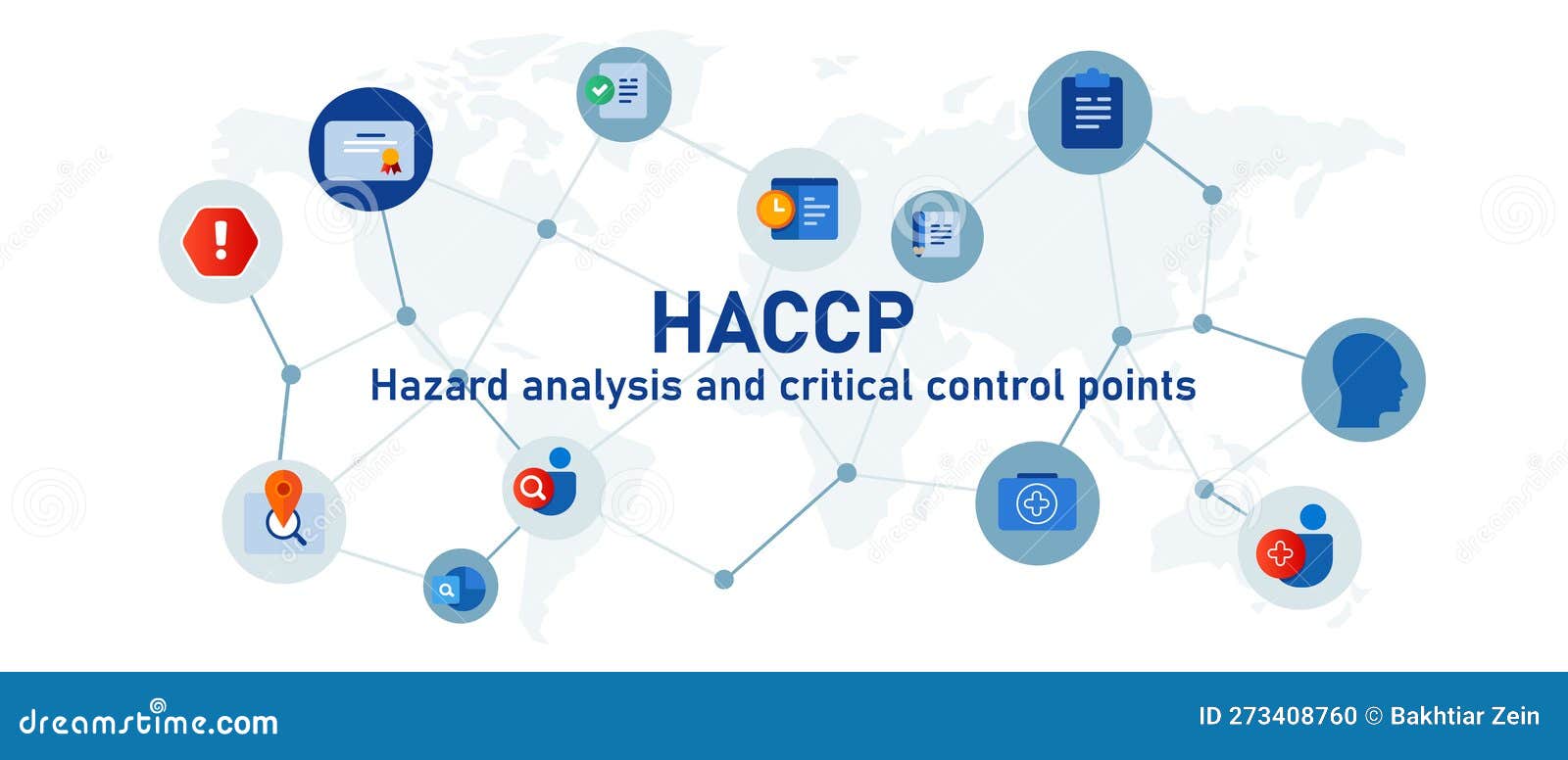Anesthetic Gas And Accelerated Everest Ascents: A Critical Analysis Of Safety Concerns

Table of Contents
The Physiological Challenges of Rapid Everest Ascents
Scaling Everest presents immense physiological challenges, primarily due to hypoxia—the lack of sufficient oxygen at high altitudes. The body's response to decreasing oxygen levels is complex and can lead to severe health complications. Acclimatization, the gradual adjustment of the body to high altitude, is crucial to mitigate these risks. Rushing the ascent significantly increases the chances of developing acute mountain sickness (AMS), high-altitude pulmonary edema (HAPE), and high-altitude cerebral edema (HACE)—potentially fatal conditions.
- Hypoxia: Reduced oxygen levels in the blood lead to decreased cellular function throughout the body.
- Acclimatization: A gradual ascent allows the body to produce more red blood cells, improving oxygen-carrying capacity.
- AMS: Characterized by headache, nausea, vomiting, and dizziness.
- HAPE: Fluid build-up in the lungs, causing shortness of breath and potentially respiratory failure.
- HACE: Fluid build-up in the brain, leading to confusion, loss of coordination, and coma. This is a life-threatening condition.
These physiological effects of high altitude emphasize the importance of slow and careful acclimatization for safe high-altitude mountaineering. Ignoring these crucial aspects increases the risk of serious health issues.
The Role of Supplemental Oxygen and Anesthetic Gases
Supplemental oxygen is a widely accepted method to combat hypoxia during high-altitude climbs. However, some climbers are now exploring the use of anesthetic gases, such as nitrous oxide, to further alleviate altitude sickness symptoms and reduce the perceived exertion during the ascent. This practice, however, lacks substantial research and regulation.
- Supplemental Oxygen: Increases blood oxygen saturation, alleviating some symptoms of altitude sickness.
- Anesthetic Gases (e.g., Nitrous Oxide): Potentially reduces the feeling of exertion, but may mask serious symptoms of altitude sickness.
- Research Gap: The long-term effects of using anesthetic gases at high altitude are largely unknown.
- Regulation: The use of anesthetic gases in this context is currently unregulated, posing significant safety risks.
The potential benefits, like a lessened perception of exertion, must be carefully weighed against the potentially serious drawbacks. The lack of robust research and the potential for masking symptoms create an ethically precarious situation.
Ethical and Safety Concerns
The use of anesthetic gases in high-altitude mountaineering raises significant ethical and safety concerns. Without sufficient research and clear guidelines, the practice carries substantial risks.
- Informed Consent: Climbers must be fully informed of the potential benefits and risks before using anesthetic gases.
- Risk of Masking Serious Symptoms: The reduced perception of exertion could lead climbers to ignore warning signs of HAPE or HACE, delaying vital treatment.
- Lack of Trained Medical Personnel: Accessing timely medical assistance at high altitude is challenging, making prompt diagnosis and treatment of complications difficult.
- Emergency Response Challenges: The added complexities from anesthetic gas use can hinder effective emergency response in the event of a medical emergency.
The ethical implications are substantial, underscoring the need for rigorous research and clear regulatory frameworks before widespread adoption.
Alternative Strategies for Safe High-Altitude Ascents
Prioritizing safe ascent strategies is paramount in high-altitude mountaineering. Gradual acclimatization remains the cornerstone of safe Everest ascents.
- Gradual Ascent: Allows the body to adapt to the decreasing oxygen levels at each altitude stage.
- Proper Acclimatization: Incorporating rest days and staying at progressively higher altitudes allows for physiological adaptation.
- Adequate Hydration and Nutrition: Maintaining hydration and consuming a high-calorie diet is essential for energy and bodily function.
- Experienced Guides and Support Teams: Experienced Sherpas and guides play a vital role in ensuring climber safety and providing support.
These methods offer a safer, more responsible approach to climbing, reducing the risks associated with rapid ascents and minimizing reliance on potentially harmful interventions like anesthetic gases.
Conclusion: Addressing Safety Concerns in Anesthetic Gas Use During Everest Ascents
The use of anesthetic gases during accelerated Everest ascents presents substantial safety concerns. The lack of research, the potential for masking symptoms, and the ethical implications surrounding informed consent highlight the need for caution. Prioritizing safe ascent techniques, including gradual acclimatization, proper preparation, and experienced support, remains crucial. Further research into the long-term effects and appropriate regulation of anesthetic gas use in high-altitude mountaineering is urgently needed. Let's promote safer Everest ascents through responsible practices and a commitment to research focused on altitude sickness prevention and treatment. The responsible use of anesthetic gas, if any, must be based on robust scientific evidence and prioritize climber safety.

Featured Posts
-
 Penarol Vs Olimpia Resultado Final 0 2 Resumen Y Analisis Del Partido
May 16, 2025
Penarol Vs Olimpia Resultado Final 0 2 Resumen Y Analisis Del Partido
May 16, 2025 -
 Nhl Prediction Maple Leafs Vs Blue Jackets Betting Odds And Expert Picks
May 16, 2025
Nhl Prediction Maple Leafs Vs Blue Jackets Betting Odds And Expert Picks
May 16, 2025 -
 Nba Play In Game Preview Golden State Warriors Vs Memphis Grizzlies
May 16, 2025
Nba Play In Game Preview Golden State Warriors Vs Memphis Grizzlies
May 16, 2025 -
 Golden State Warriors Defeat Houston Rockets Jimmy Butlers Crucial Role
May 16, 2025
Golden State Warriors Defeat Houston Rockets Jimmy Butlers Crucial Role
May 16, 2025 -
 Elon Musk Denies Paternity Of Amber Heards Twins Amidst Embryo Controversy
May 16, 2025
Elon Musk Denies Paternity Of Amber Heards Twins Amidst Embryo Controversy
May 16, 2025
